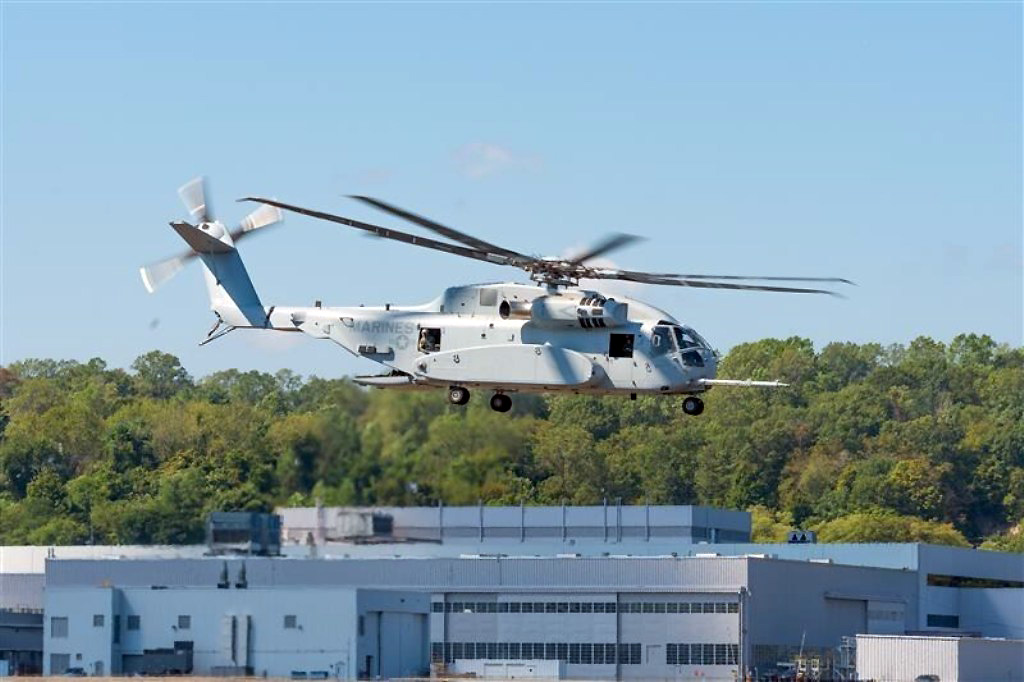The Crucial Role of U.S. Troops in South Korea: A Military and Strategic Perspective
Background of U.S. Military Presence in South Korea
The presence of U.S. military forces in South Korea dates back to the Korean War in the early 1950s, when American troops were deployed to assist in defending the South from aggression by the North. Today, approximately 28,500 U.S. military personnel remain stationed in South Korea, fulfilling a dual role of deterrence and defense, crucial for maintaining stability on the Korean Peninsula and in the broader Indo-Pacific region.
Despite ongoing discussions about troop levels, the U.S. military’s footprint in South Korea is pivotal for numerous regional security dynamics. The long-standing military alliance between the U.S. and South Korea is not just a relic of history; it remains vital in responding to current threats.
President Trump’s Perspective on Troop Reductions
In early 2025, former President Donald Trump stirred the conversation about troop levels in South Korea during a White House event, suggesting that the U.S. might reduce its military footprint. He expressed concerns about the financial burden of maintaining troops abroad without adequate reimbursement, mentioning not only South Korea but also the U.S. military presence in Europe. Trump’s administration had previously questioned the necessity of American forces stationed overseas, indicating a pivot towards reevaluating the benefits of these commitments in the context of broader trade negotiations.
Trump’s comments ignited a dialogue on the implications of such reductions, particularly given the critical nature of the military’s role in South Korea, where they support not only national defense but also regional stability.
U.S. Forces Korea: A Counterbalance to Threats
Army General Xavier Brunson, the head of U.S. Forces Korea and the Combined Forces Command, delivered testimony to the Senate Armed Services Committee that underscored the essential functions of American troops stationed in the region. He emphasized that these soldiers are "responsible wholly for preserving peace on the peninsula and in the region."
These troops play a crucial role in ballistic missile defense against North Korea, a country that continues to develop its missile capabilities. As General Brunson pointed out, the military presence is integral to Indo-Pacific Command’s ability to detect and respond to threats, not just from North Korea but across the region, including challenges posed by China and Russia.
The Strategic Importance of U.S. Military Alliances
The U.S. military’s presence in South Korea extends its influence and commitment to multiple allies in the Indo-Pacific region. Admiral Samuel Paparo, head of U.S. Indo-Pacific Command, highlighted that the stationed forces contribute significantly to regional security through participation in multinational exercises and collaborations with allied nations.
This cooperative approach enhances regional defense capabilities and fosters a collective response to mutual security challenges. It reaffirms the U.S. commitment to its allies, demonstrating that America remains engaged in ensuring stability and deterrence against potential threats in the region.
The Debate Over Future Troop Levels
The discussions surrounding potential changes in troop levels in South Korea are reflective of broader strategic considerations. As noted in the Senate hearing, there are concerns that the U.S. Defense Department may consider a shift in focus, possibly reallocating forces to address the rising threat from China rather than prioritizing the North Korean threat.
While the Biden administration has yet to announce any definitive plans regarding troop reductions or reallocations, the ongoing dialogue reflects a need for "strategic clarity." This clarity is essential to ensure that both friends and foes understand the extent of America’s commitment to defending its allies and maintaining peace in the region. An abrupt change in military posture could create uncertainty, potentially emboldening adversaries while undermining the confidence of allies.
Importance of Diplomacy and Defense Integration
The interplay between military presence and diplomatic efforts on the Korean Peninsula is underscored by General Brunson’s commentary about maintaining balance in both areas. He remarked on the importance of integrating military readiness with diplomatic initiatives to address ongoing tensions.
As the U.S. navigates its role in global geopolitics, the equilibrium between military strength and diplomatic engagement remains a complex but necessary strategy. Ensuring robust defense capabilities while pursuing paths toward peaceful resolution presents a formidable challenge, but one that is essential for the long-term stability of the region.
Conclusion: A Unifying Challenge Ahead
While discussions surrounding troop reductions continue, the existential challenges posed by North Korea and regional dynamics are constant reminders of the necessity for a vigilant military presence. As military leadership emphasizes the importance of the current force disposition, the U.S. must continue to navigate its foreign policy landscape with an eye towards both diplomacy and defense, ensuring peace not only in South Korea but throughout the entire Indo-Pacific region.





